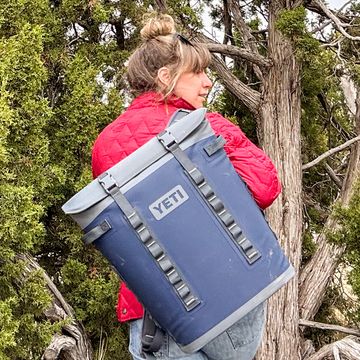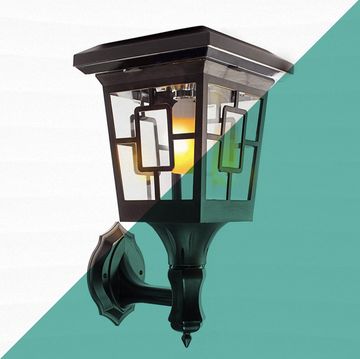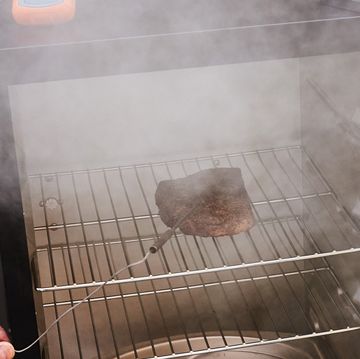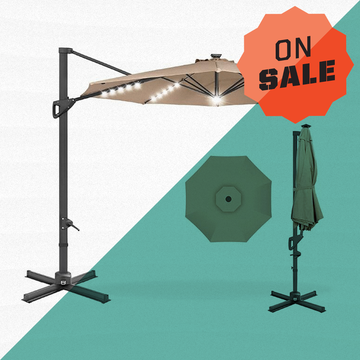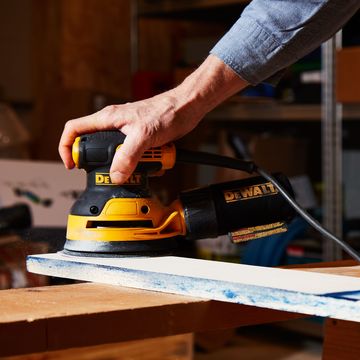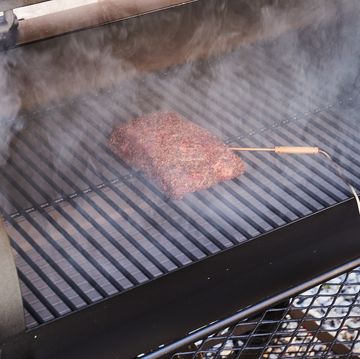Live in a home long enough and you'll eventually have to deal with clogged sinks, dripping faucets, plugged-up toilets and leaky pipes. There's simply no way to avoid it: plumbing problems happen. However, calling a plumber for each and every repair is impractical, expensive and time-consuming. In most cases, you can fix the problem yourself long before the plumber even calls back to schedule an appointment, but only if you have the right plumbing tools on hand.
I can't tell you how many times I've been called to help friends with a plumbing problem and discovered that their plumbing "tools" consisted of a butter knife, a straightened wire clothes hanger, and a roll of duct tape. Fortunately, most of the tools you need to maintain your home's plumbing system are relatively affordable, and you don't have to buy them all at once. Get these basic tools first, then add more as you need them. And although I didn't include them in the following list, you'll also need some standard home-repair tools, such as a hammer, tape measure, screwdrivers, drill driver, utility knife, safety goggles, work gloves and, of course, a toolbox.
The Tools
(Pictured: clockwise from upper left)
1. Propane Torch: Required if you're going to sweat copper pipe and fittings. Spend the extra money for a self-igniting torch head ($30-$60) that lights at the squeeze of a trigger. You'll find it much more convenient than using a striker or matches.
2. Tongue-and-Groove Pliers: Commonly called by the brand name Channellocks, these pliers are the first tool plumbers reach for when they need to grab, pull, twist, hold, tighten or loosen something. Be sure to get two sizes: 10-in. ($10-$15) and 12-in. ($20-$25).
3. Hacksaw: Use this versatile saw ($15-$25) to cut through metal pipe, hardware, screws, nuts and bolts and plastic pipe. Make sure the blade is tense in the frame for tough cuts, and be sure to keep extra blades on hand. In tight spots, wrap one end of a loose blade in a cloth to create a handle to slip the blade in for the cut.
4. Metal File: This tool removes burrs and smooths the edges of metal pipes after cutting. It's best to have two files on hand: half-round ($10), which has both rounded and flat surfaces, and a rat-tail file ($8), which is round and tapered.
5. Basin Wrench: An invaluable tool ($10-$20) for tightening and loosening nuts that hold sink faucets in place. The tool's long shaft and swiveling jaw can reach up and into the deep, narrow space behind a sink and lock onto the nuts. There's no other tool that can do what this one does.
6. Pipe Wrench: These large, heavy wrenches are used to tighten and loosen threaded pipes, fittings and nuts. You'll need two--one for turning and one for gripping and holding. The serrated teeth help the wrench hold its grip but can damage a fixture's finish--when you need protection, wrap the wrench's jaws in a cloth. Buy a 10-in. ($10-15) and a 14-in. ($20-$25) model.
7. Hand Auger: Sometimes called a plumber's snake, this hand-cranked drain-clearing tool ($20-$30) has a 25-ft.-long flexible steel cable that's effective at clearing obstructions from tubs, showers, sinks, toilets and drain lines. Use it when the plunger (see below) fails to clear the clog.
8. Adjustable Wrench: This versatile tool is required for working on compression fittings, supply lines and other plumbing parts that have hex-shaped nuts. When shopping, check that the moving jaw holds a firm setting so that it won't slip loose under torque. Again, it's best to get two sizes: 6-in. ($10-$12) and 10-in. ($15-$20).
9. Tubing Cutter: Looking somewhat like a C-clamp, this essential tool provides the quickest, cleanest way to cut copper pipe. Get both a standard-size tubing cutter ($10-$15) and a close-quarter minicutter ($15-$20), which works in tight spaces.
(Not shown)
10. Plunger: This indispensable tool ($5-$10) isn't called the plumber's best friend for nothing. It's the first tool to grab when you need to dislodge clogs from sinks, tubs, toilets, showers and floor drains. When using it in a toilet, press down, create a firm seal around the drain, and pull upward. The idea is to vacuum the clog out, not push it deeper.
11. Closet Auger: A manual clog-clearing tool ($14-$40) that's specifically designed for toilets. Its long steel cable is tough enough to grind through the most stubborn clogs.
12. Fire-Resistant Cloth: A thick, specially treated cloth ($15) that's used to protect nearby combustible surfaces when soldering with an open-flame propane torch. It's always smart to keep a fire extinguisher nearby, too.
Joe is a former carpenter and cabinetmaker who writes extensively about remodeling, woodworking, and tool techniques. He has written eight books and is a contributing editor to Popular Mechanics. He also appears on the Today’s Homeowner TV show, and co-hosts the weekly Today’s Homeowner Radio Show. Joe writes from his home in Roxbury, Connecticut.


